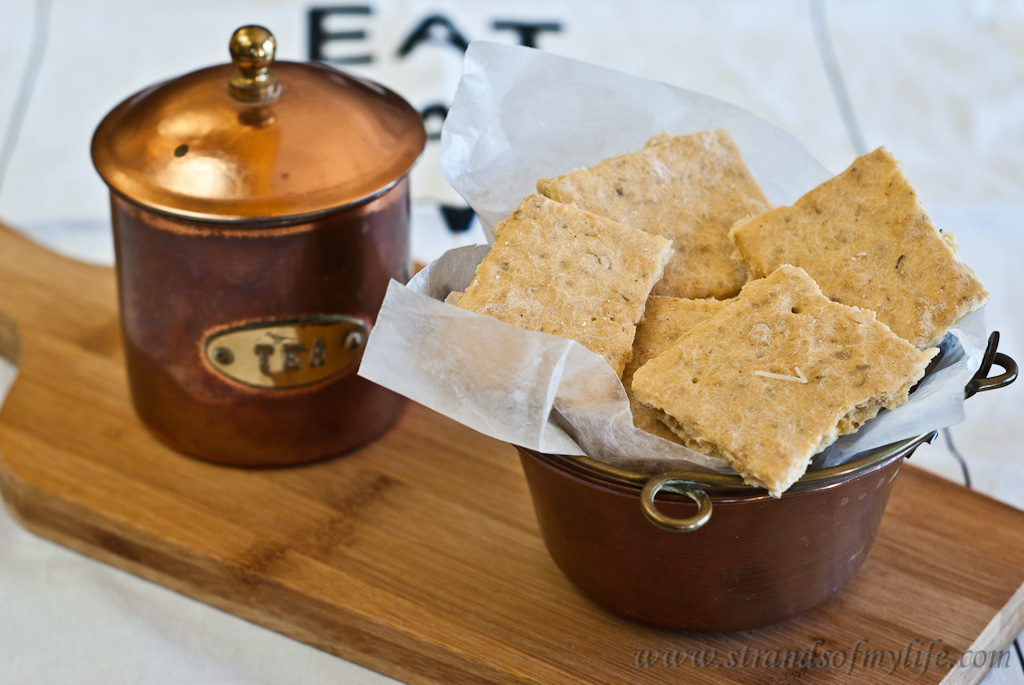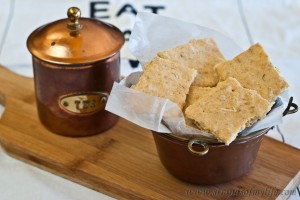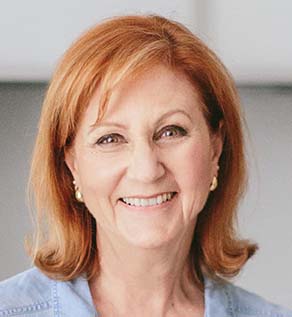
I see the question asked often on the low Fodmap groups around the internet of how to start reintroducing foods after the elimination period of the diet. The following is the way recommended by the Monash University research centre.
Reintroduction Plan – Food Challenge
How does this work?
After your symptoms have disappeared, while staying on the elimination diet with only low FODMAP foods, you reintroduce one FODMAP subgroup at a time to find whether you can in fact tolerate it or at what level you can eat it.
How long do I stay on that challenge?
Reintroduce only one food a week. If you eat it and there are no symptoms, try it again to be sure.
What do I do if the challenge food causes symptoms?
You try it again at half the amount and see if symptoms still occur. If they do, then that is a food you should avoid. Next try another food in the same group and repeat the process. If you don’t have symptoms at that level, then take note of that amount and move onto another food in the same group.
What do I do if I don’t have symptoms?
Test another FODMAP within that group for a week. It is possible that group will not be a problem or it could be that you are fine with some foods but not others within the group. Once you are sure that group is fine or not tolerated, then move onto the next group and repeat the process.
Is there an order for reintroducing the groups?
It is recommended that you start with 2 apricots from the Polyol group, then move onto 250ml or less of milk or 200gms of yoghurt for testing lactose. Next, try 1 tsp honey or ½ mango for the fructose test followed by 2 slices wheat bread or 1 cup wheat pasta for testing fructans and finally ½ cup of lentils, chickpeas, kidney or baked beans for the galacto-oligosaccharides test.
If I did have symptoms, when can I start the next challenge?
You must wait until your symptoms have completely disappeared again.
Can I eat out during this food challenge phase?
It is still preferable that you eat only foods that you are 100% sure of, or the food challenge will have to be re-started once symptoms abate.
The Recipe
The recipe this week is one I experimented with. I eat brown rice flakes for breakfast a few times a week and I wanted to use them in a cracker recipe and this is the result. The family were impressed and they disappeared within a day so I am not sure how long they keep their freshness but I would suggest you keep them outside the fridge in an airtight container.
- 1 cup rice flakes
- ¼ cup chickpea flour (a small amount is low Fodmap)
- 4 tbsp white rice flour
- 12 tbsp tapioca flour
- ½ tsp salt
- 2 tsp dried oregano
- ¼ cup olive oil
- 2 eggs
- 3 tbsp grated Parmesan cheese
- Preheat oven to 180°C/350°F.
- In a bowl, combine rice flakes, flours, salt and dried oregano. Mix well.
- In another bowl lightly beat the eggs. Blend in the olive oil and cheese.
- Combine wet and dry ingredients. Knead the dough until well combined. If it is a little too wet, add some more rice flour; if it is a little too dry, add some water.
- Between two sheets of baking paper, roll out the dough evenly and as thin as possible, to ⅛-1/4”/0.5cm thickness. Remove top paper. With a knife or pizza cutter, scour the dough into desired shapes. Transfer onto baking sheet (with bottom baking paper).
- Bake for 12 minutes (depending on thickness of the crackers) or until edges turn golden brown. Remove from the oven and let cool. Break crackers at pre-cut edges. Serve fresh.





We just don’t make crackers. It’s one of those things I want to do, but just haven’t gotten around to it yet. These look wonderful — I love Parmesan! Thanks for this.
They are really simple and satisfying to make but the gluten-free ones need to be eaten free or they lose their crispness.
Parmesan crackers! I’m not surprised these didn’t last long. I’ve actually never made crackers but they are on my to-do list xx
I had certainly never made crackers either before needing to. Who would want to? LOL.
What are your references for this process and order? There seems to be a different view on order from Monash university
This came directly from Dr Sue Shepherd’s book, who, as I am sure you know, created the diet while working at the Monash University. This blog post was written a few years ago and I have now changed this order since the last few years of coaching the low Fodmap diet has led me, through experience with hundreds of IBS clients, to a better order and choice of test foods.
Chickpea flour is no longer low at any amount per monash
Helen, we malabsorb Fodmap which means we can still absorb small amounts of them. The amount of chickpea flour you would get in one cracker would be so tiny that it would definitely be absorbed in the small intestine and so cause no issues. That is the same with all high Fodmap foods – we can absorb small amounts of them.